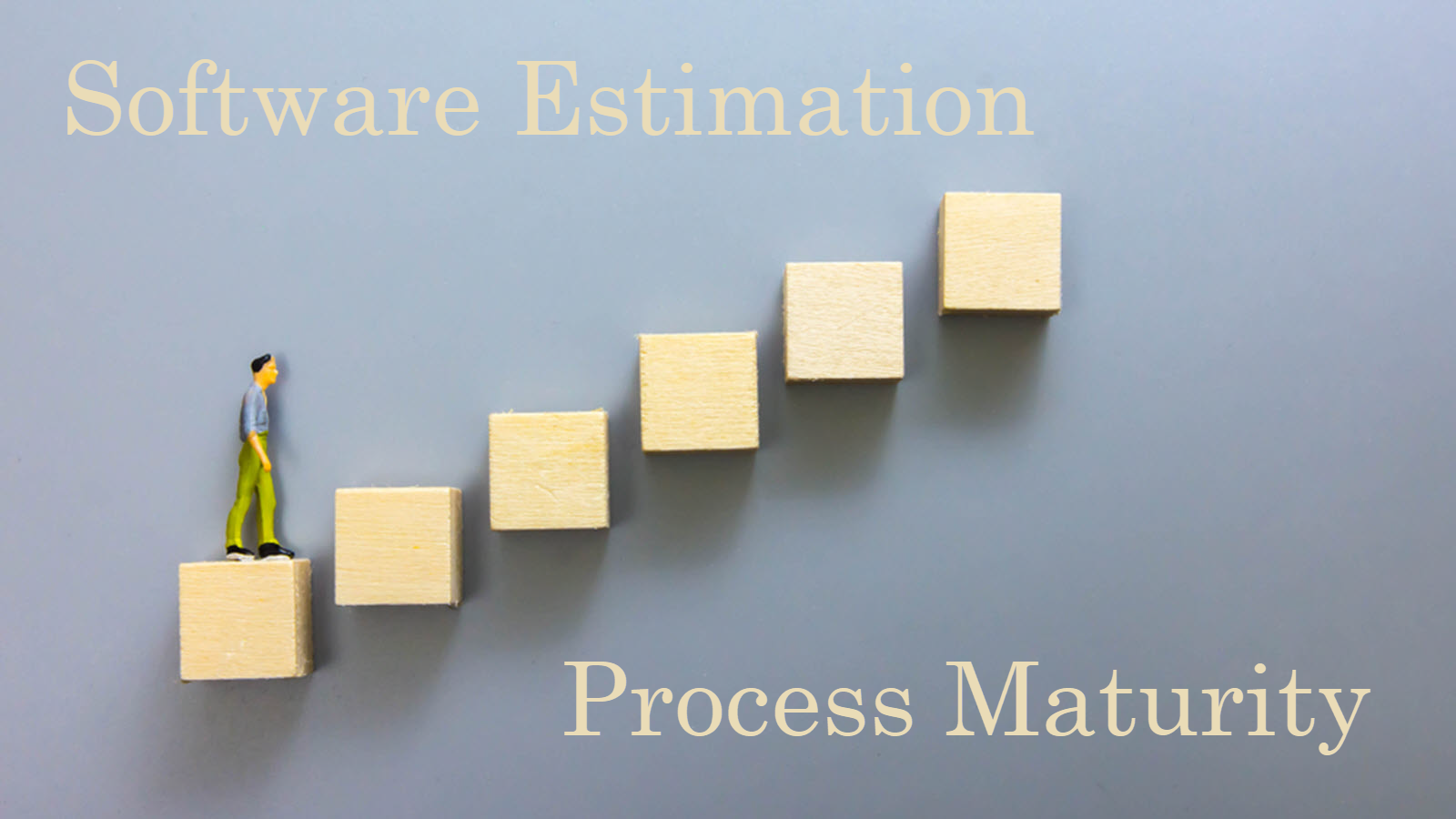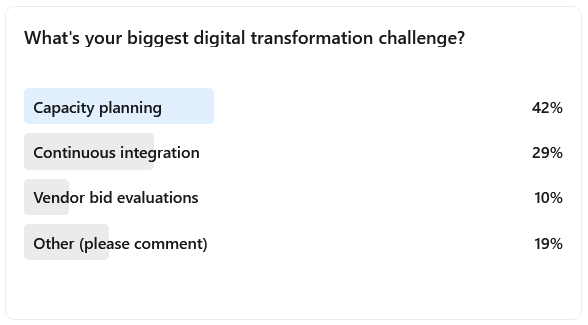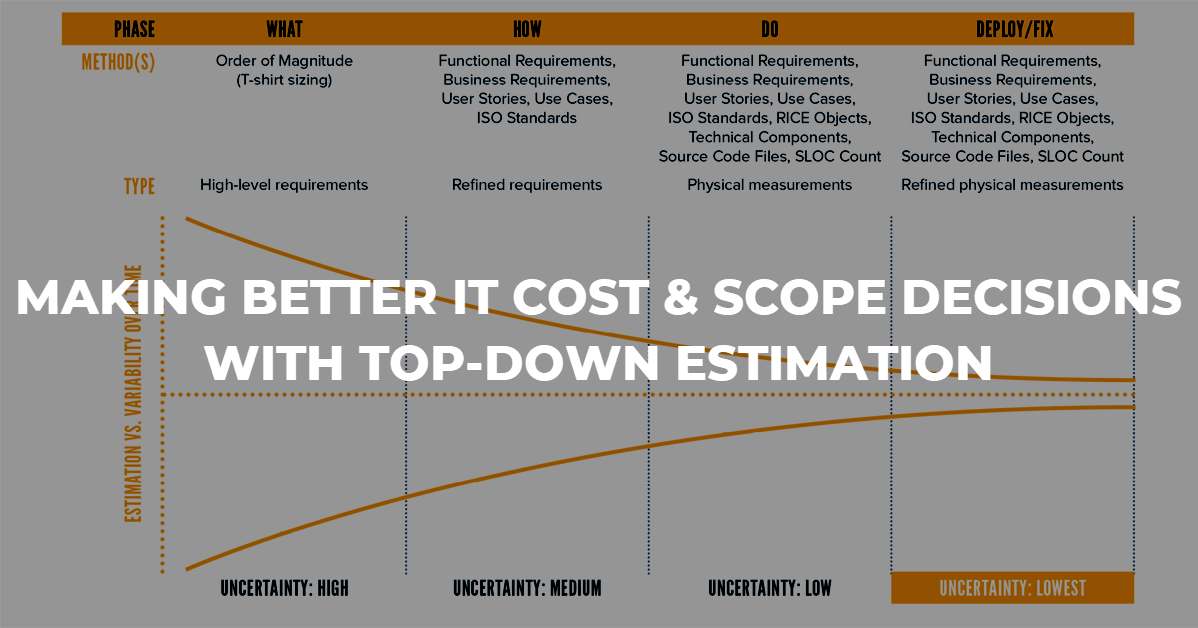How to Choose a Software Sizing Method That Works With Your Data
So, you're ready to estimate the size of a planned software development project or capture the actual size of an in-progress or completed project. The good news is SLIM-Suite® tools are incredibly flexible. You can model almost any software development lifecycle methodology and choose from a wide variety of size metrics and techniques. The bad news is, with so many components and sizing methods to choose from, how do you select the right one for your project?
Episode 4 of our video series, Software Size Matters: Why Quantifying Software Size is Critical for Project Estimating, Tracking and Forecasting, and Performance Benchmarking, focuses on choosing a sizing method that fits the information you have on hand and your project's lifecycle stage. In previous videos, we discussed why quantifying software size is important, what software size is and is not, and looked at familiar metrics you're probably using now. It turns out there are a variety of sizing methods to choose from. Asking a few simple questions up front can quickly point you in the right direction.






